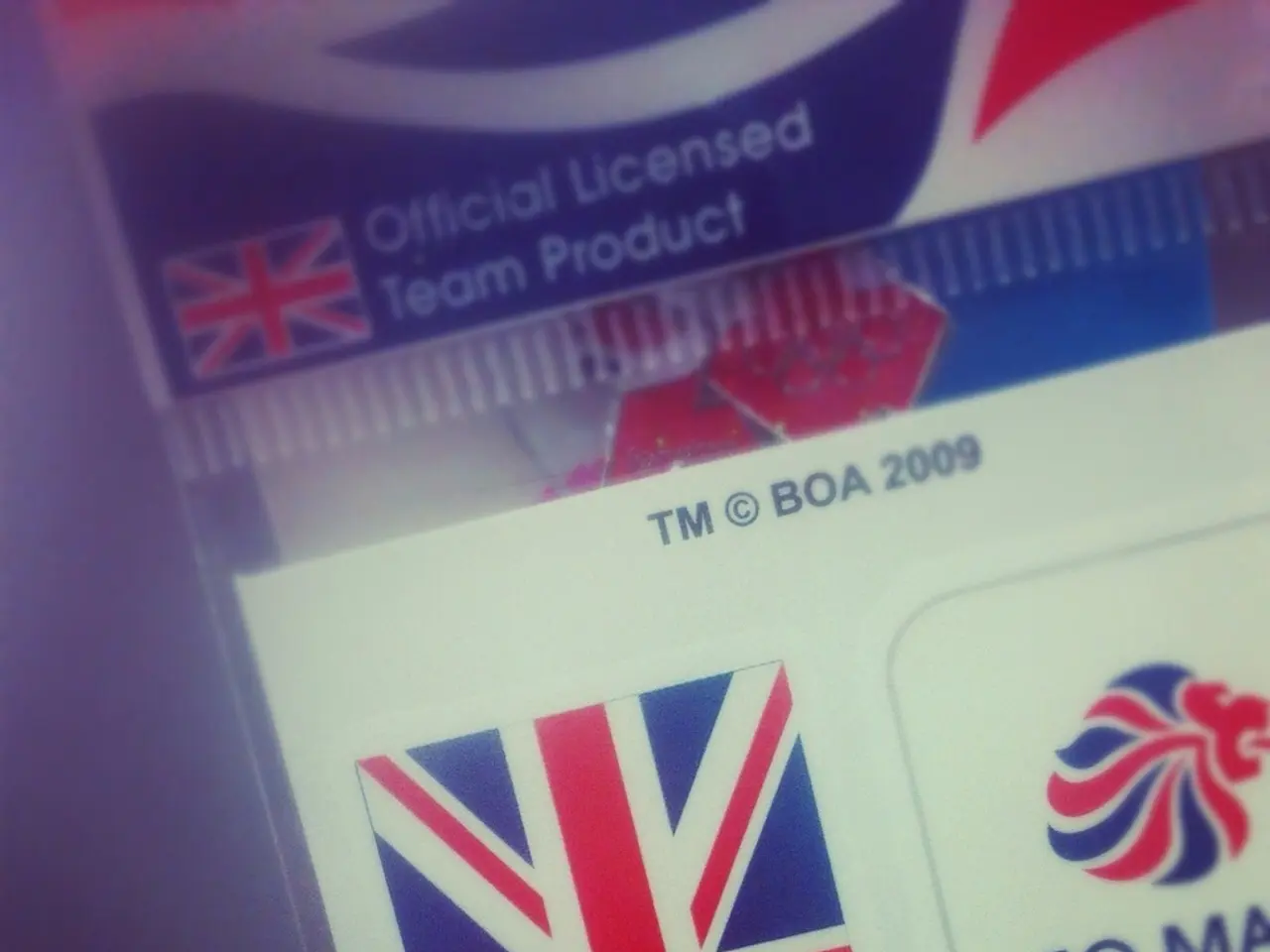Tired of embedding AI into apps? Here's the reality for software engineers
AI Integration Eagerly Sought by CEOs, Yet Software Developers Are Resisting, Citing Intensive Software Updates as a Significant Hurdle for Teams
Frustration among software engineers is on the rise, as they grapple with the task of integrating AI into existing applications. According to Gartner, over three-quarters (77%) of senior engineers consider this a "significant or moderate pain point".
CEO focus on AI and its potential impact on industries is driving the interest in AI agents, but execution isn't a breeze for engineering teams. This modernization challenge comes during a boom period for AI and C-suite pressure to keep up with industry trends. In fact, efforts to modernize applications are key to staying competitive.
However, it's no small feat. A recent study from Pegasystems highlights a delicate balancing act that businesses face when approaching modernization efforts. Many enterprises are caught in a legacy dependency, meaning they can ill afford to botch upgrades to existing applications, many of which are business-critical. These challenges are not only hampering transformation efforts, but are also impeding broader AI strategies, leaving enterprises at a disadvantage compared to their competitors.
But there's a upside. The use of AI for app modernization is becoming increasingly popular. The AI application development platforms market is worth around $5.2 billion, and that's expected to rise significantly in the coming years. "Both emerging vendors and established hyperscalers have developed and continue to enhance their platforms to alleviate the pain points experienced by enterprises," said Gartner VP analyst Jim Scheibmeir.
When selecting solutions or tools, Scheibmeir advises engineering leaders to opt for AI application development platforms or those with the best ecosystem, rather than a combination of disparate vendors, large language models (LLMs), and AI services. By choosing a more consolidated approach, teams can unlock marked benefits.
In the realm of generative AI development, IBM research reveals tool sprawl as a major challenge. Nearly three-quarters (72%) of developers claim to use between five and 15 AI tools in application development processes. streamlining development processes using platforms like Gathr, OutSystems, H2O.ai, and TensorFlow can help minimize tool sprawl, automate tasks, and ensure a smooth integration of AI into legacy systems.
Here's what you need to know:
- Software engineers face increasing demands to integrate AI into existing applications, but many find it a "significant or moderate pain point".
- The push to modernize applications comes amidst surging investment in AI and C-suite demands to meet industry trends.
- Efforts to modernize applications are crucial to staying competitive, but can be tricky for any enterprise.
- AI application development platforms like OutSystems, TensorFlow, H2O.ai, and Gathr can help streamline development processes and ensure a smooth integration of AI into legacy systems.
- Engineering leaders should pursue a more consolidated approach to minimize tool sprawl and reap marked benefits.
STAY CONNECTED
Sign up today for the daily ITPro newsletter and receive a free copy of our Future Focus 2025 report - leading guidance on AI, cybersecurity, and other IT challenges as per 700+ senior executives.
MORE FROM ITPRO
- Want developers to build secure software? You need to ditch these two programming languages
- Software engineers are in for a rough ride as AI adoption ramps up
- Big tech promised developers productivity gains with AI tools - now they're being rendered obsolete
Software engineers might find the integration of AI into existing applications challenging, tagged as a "significant or moderate pain point" by numerous senior engineers. To mitigate this challenge and stay competitive, engineering leaders should consider using AI application development platforms like OutSystems, TensorFlow, H2O.ai, and Gathr for streamlined development processes and smooth AI integration into legacy systems.








